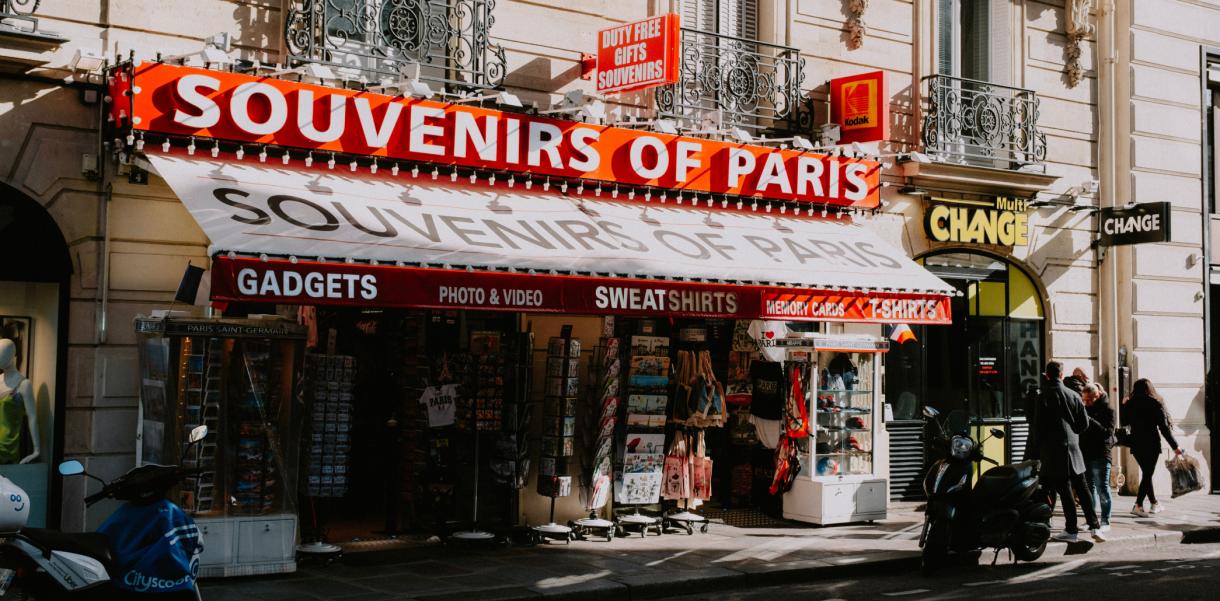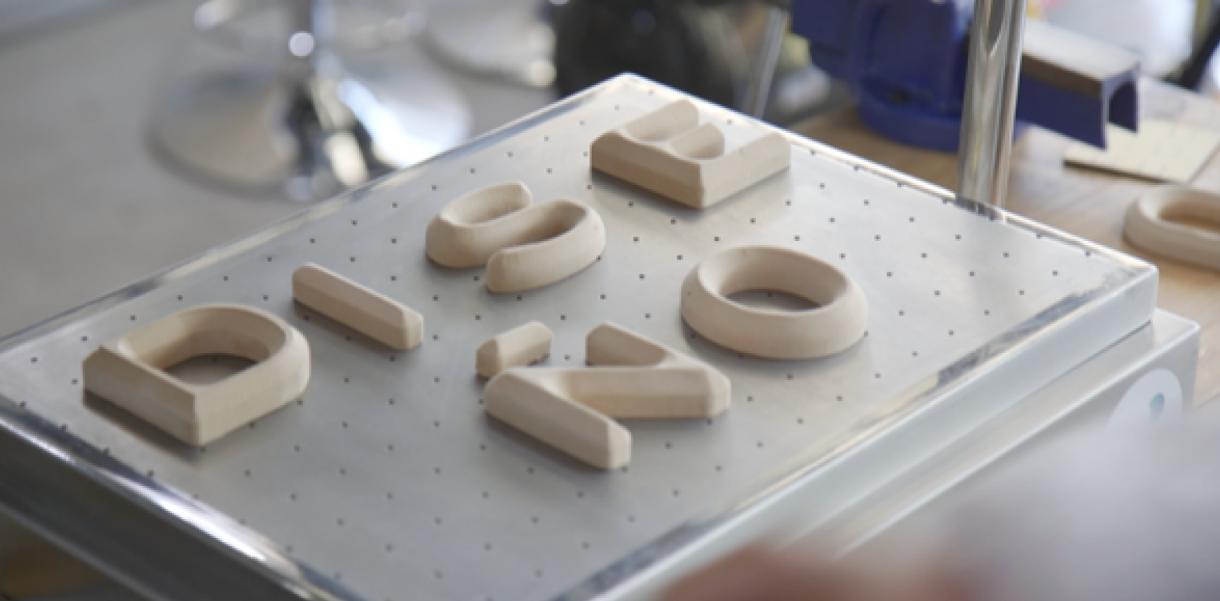While travelling, I always found myself coming to a continual realisation: no matter where in the world, souvenirs have one thing in common – and that is their vulgar and glittery appearance.
The act of buying a souvenir appears to make people happy about a past experience, yet, I try to fathom the fascination of this ritual. And still, I realise that this novelty can become quite critical.
In trying to understand this concept, I found it essential to view it from a distance and dissect what lies behind this tradition. It’s safe to say that souvenirs have a standard wording, the "authentic" object that represents the validity of a specific experience or, in many cases, a geographical spot. The word “authentic”, at its core significance, is allusive in which the memory becomes encapsulated in a mere object. That object is an image of remembrance from a particular context. Nonetheless, I think that sometimes these per se authentic objects lack verisimilitude in themselves. To give you a better understanding, whatever the thing, in reality, there’s a high chance that a significant percentage of the world owns the same one; leaving it to you to imply significance because on its own, it's a product of millions.
”Streets are filled with stores after stores with the same objects using the same aspect in an almost invasive nature.”
One of my favourite essays from Susan Stewart, On Longing, explores this idea of souvenir collecting and its meaning. At the core of her explanation, it's stated that the definition of a souvenir is always incomplete, meaning that the object is simply a sample or a replica of the original.
Funnily enough, we go to New York, and the most common souvenir you can get is an I (heart) NY; in Paris, we add to our key-ring a miniature Eiffel Tower, and the examples go on... I remember when the city where I'm from, Porto, started opening up shops like these. And I can tell you, the speed at which they were appearing was so hard to catch up with, and in reality, they made me feel unsettled. Sometimes these shops were owned by people who were not even from the country, and my personal feeling of restlessness was uncanny. They appeared to indulge tourists, but they also came to replace the actual authentic businesses by threatening the survival of true craft.
These objects are not silent; their loudness shouts a standard language. A language of plastic-made, badly created and written in shiny words. They become even louder when a city or a country has a well-known element or identifiable characteristic. Streets are filled with stores after stores with the same objects using the same aspect in an almost invasive nature. It's confusing and pure visual pollution because it distracts from what is genuinely raw and unequalled beauty. The examples are unquestionably recognisable. The use of cheap and low-quality materials and resources is a very prominent feature, especially when you expect to buy something locally made but surprisingly (or not...) notice that, in reality, the object is made outside of its supposed origin.
“It makes me question how conscientious we should be when living in an era where whatever we acquire should be well thought through.”
As a graphic designer, I have the impression that these products are merely a result of image banks, free typography, and a basic concept. The semiotics are usually so poor that sometimes the product itself is comical, and it seems to me that often the buyer becomes even more tempted. The language is so direct that cultural appropriation is also visible, especially when traveller lingo is linear in every major city. The visual feature that is sometimes an iconic symbol of a city is used in wholly disintegrated situations, transforming the essence of the memory into something paradoxical.
It also makes me question the consumerism aspect. The overdone, exaggerated offer symbolises consumerism, directly linked to the harmful environmental and ethical impact. Going beyond the carbon emission of production and transportation these objects require, chances are that these products are also unethically produced.
I can't say I wasn't lured at first to fall into the temptation of bringing a piece of my trip home. But, to be honest, it makes me question how conscientious we should be when living in an era where whatever we acquire should be well thought through.




